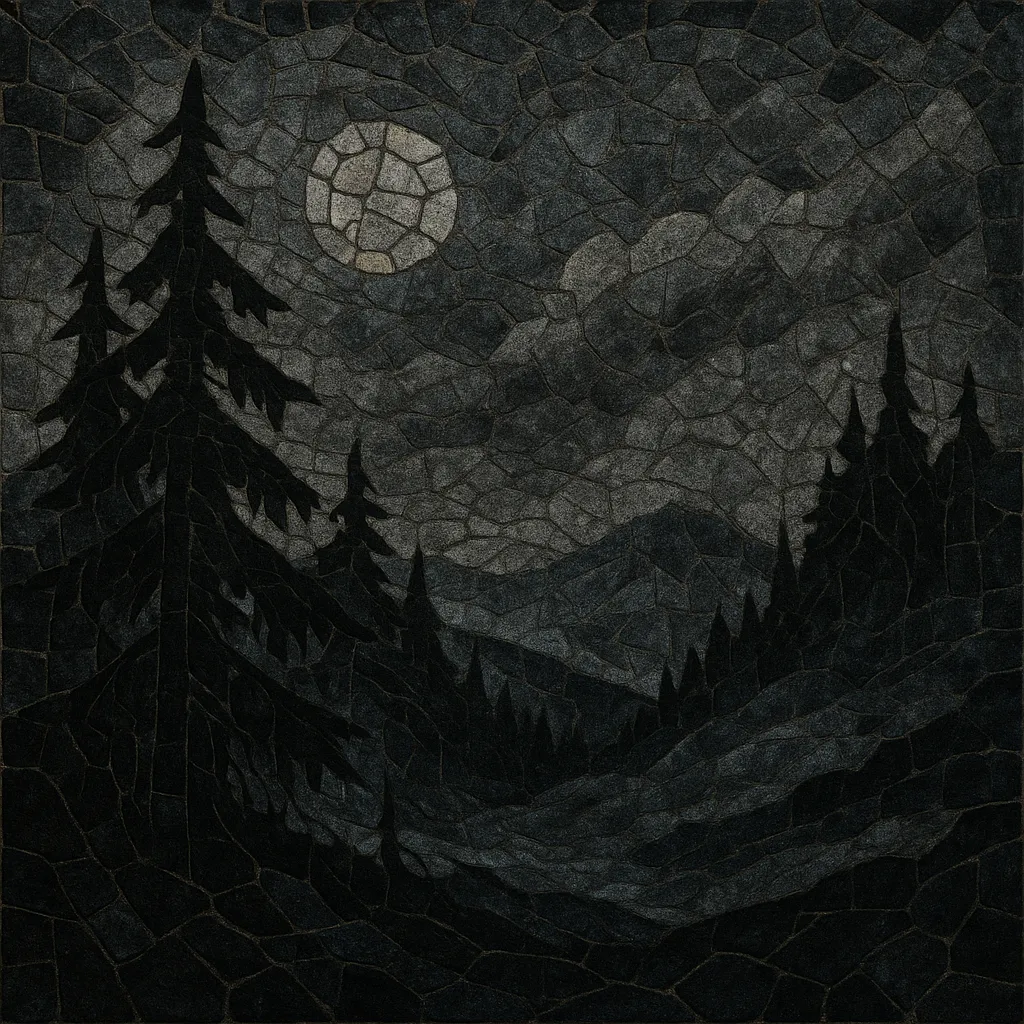Atmospheric black metal is a branch of black metal that emphasizes immersive, expansive soundscapes and mood as much as raw aggression. It typically blends tremolo‑picked guitars, blast beats, and harsh vocals with sustained synthesizer pads, reverbs, field recordings, and long-form, meditative song structures.
The genre often evokes images of nature, wintry or forested environments, and cosmic vastness. Production ranges from lo‑fi, foggy textures to clear but distant mixes that preserve a sense of space. Harmonically, it leans on minor and modal colors, drones, and repeating motifs to create a trance-like intensity rather than riff-showmanship.
Where traditional black metal can be claustrophobically fierce, atmospheric black metal opens the sonic frame—slower passages, ambient interludes, and dynamic arcs are common—so that ferocity and serenity coexist within the same piece.
Atmospheric black metal emerged during the second wave of black metal in Norway in the early 1990s. Artists began extending the style's raw foundations with keyboards, ambient interludes, and slower, panoramic sections that suggested landscape and myth. Early works by artists from the Norwegian scene introduced synth-driven ambience and long-form songcraft that would become hallmarks of the style.
By the mid-to-late 1990s, bands in Austria, Switzerland, and Eastern Europe developed the approach further, emphasizing cinematic arrangements, folkloric modalities, and nature-centric themes. Parallel scenes in North America refined a more organic, environmental strain—sometimes labeled "Cascadian"—favoring extended compositions, field recordings, and a reverent tone toward wilderness. The toolkit of shimmering tremolo guitars, wide synth pads, and distant screams over blast beats solidified into a recognizable template.
From the 2010s onward, atmospheric black metal diversified and cross-pollinated with post-rock, folk, and ambient traditions. Some artists pushed toward astral, science-fiction aesthetics; others leaned into rustic, pagan, or neoclassical colors. The production spectrum widened too—from purposefully lo-fi, snow-blind mixes to expansive hi-fi hybrids—while the core emphasis on mood, immersion, and narrative pacing remained intact.
Lyrically and visually, the genre explores solitude, nature, myth, and metaphysical reflection. Artwork often depicts forests, mountains, starscapes, and seasonal imagery, reinforcing its contemplative, elemental character.
Atmospheric black metal helped normalize the use of keyboards, ambient passages, and long-form structures in extreme metal. Its influence radiates into related black metal currents, ambient subgenres connected to the black metal milieu, and more cinematic approaches to extreme music.


